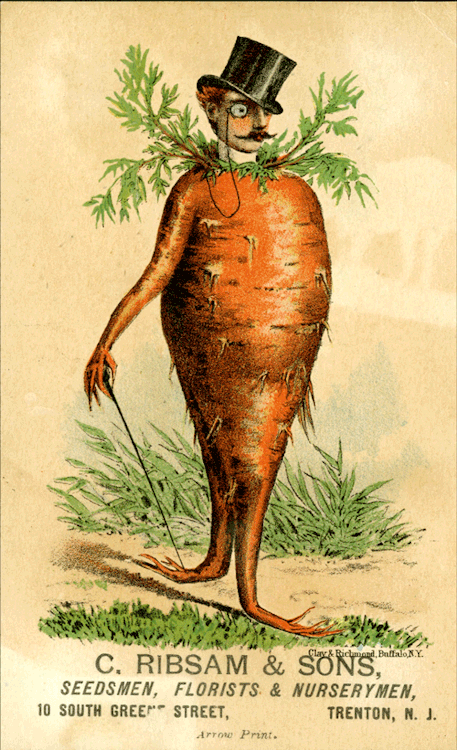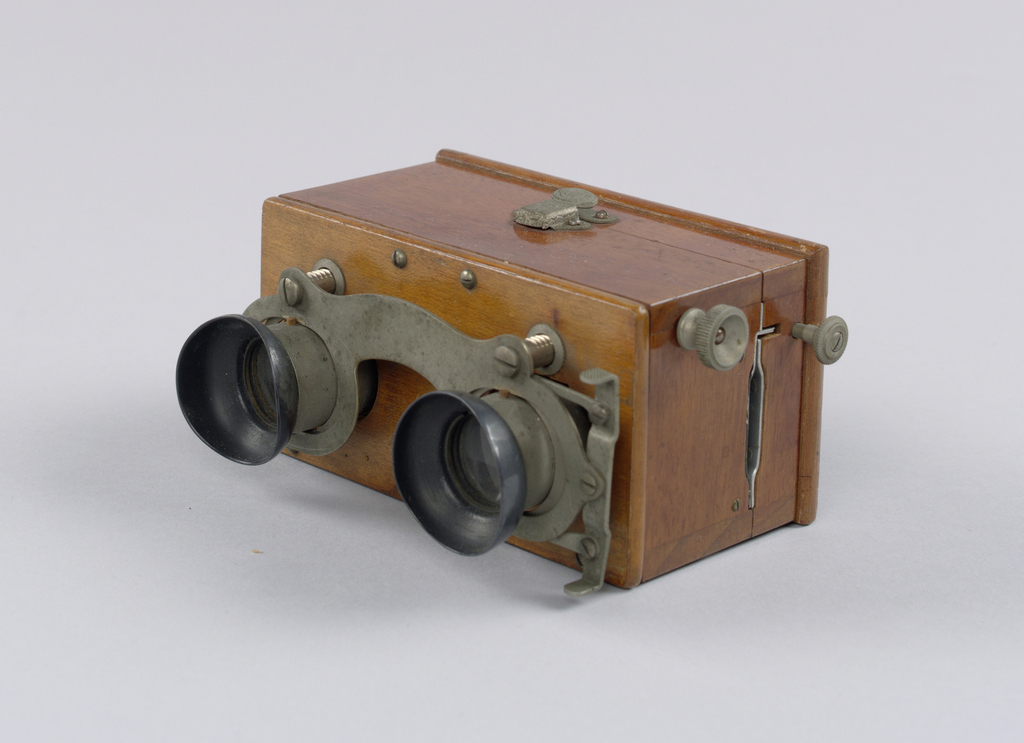We hope your weeked rocks.
A rock concert inspired artist Debra Baxter to create her “Devil Horns Crystal Brass Knuckles” series. This one, a lefty, is on view at our @americanartmuseum’s #RenwickGallery, which is home to the museum’s collection of contemporary craft and decorative art.
Debra Baxter, “Devil Horns Crystal Brass Knuckles (Lefty),“ 2015, quartz crystal and sterling silver. Smithsonian American Art Museum, gift of the artist in honor of Joanna and David Baxter © 2015, Debra Baxter






























